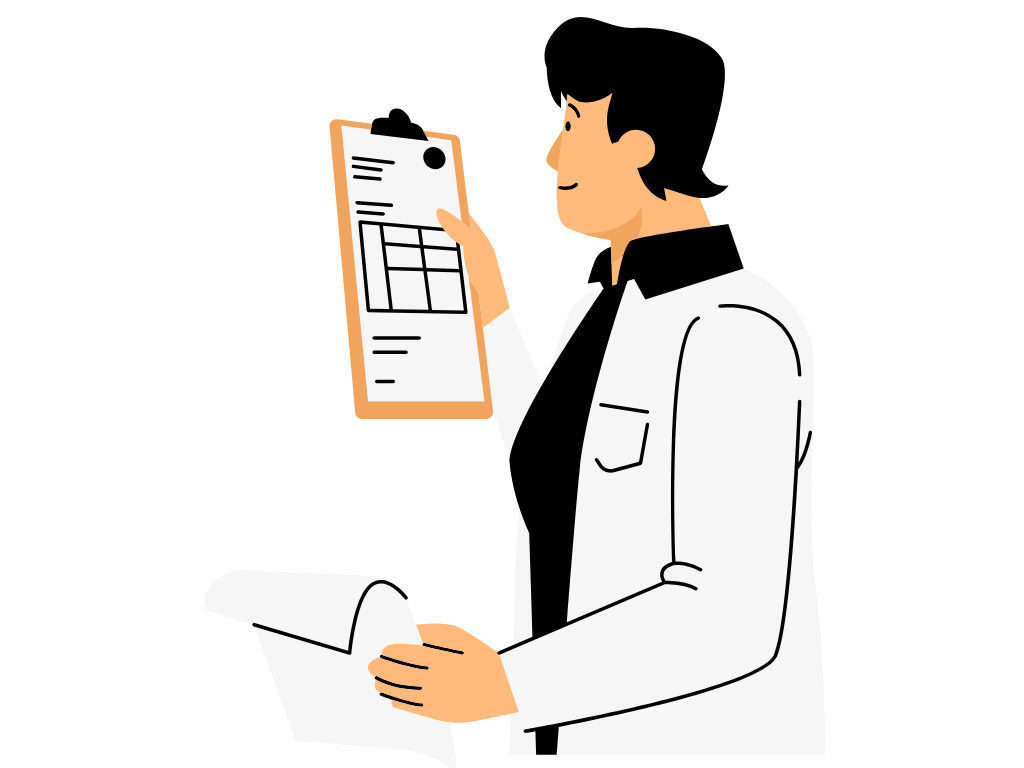Second Trimester Screening (STS)
You can get publicly-funded Second Trimester Screening (STS) in the second trimester of pregnancy. This test is safe because it uses only a blood test. It can tell you the chance of having a baby with trisomy 21 (Down syndrome) or trisomy 18 (Edwards syndrome). This screening can be done if you are not able to get enhanced First Trimester Screening (eFTS).
How to get STS
Talk with your health-care practitioner if you would like to get STS. In Ontario, this test can be ordered by:
- doctors (such as family doctors, obstetricians)
- nurse practitioners
- midwives
If you don’t have a family doctor, you can still arrange this test through a walk-in clinic. Use Health811 to find walk-in clinics near you.
The blood test for STS can be done from 14 weeks to 20 weeks 6 days of pregnancy.
Who should not have STS?
STS should not be done if you:
- are in the first trimester of pregnancy and are able to get a nuchal translucency ultrasound. Think about having enhanced First Trimester Screening (eFTS) instead of STS.
- have already received a "low risk" result from Non-Invasive Prenatal Testing (NIPT), or you are waiting for your NIPT results.
- are expecting more than one baby (twins, triplets, quadruplets etc).

What does STS look for?
STS can detect most pregnancies with trisomy 21 and trisomy 18. Like other screening tests, STS cannot detect all pregnancies with these chromosome differences. STS does not look for other conditions that the baby might have.
How does STS work?
This screening test will combine all the information below to tell you about the chance to have a baby with trisomy 21 and trisomy 18.
| Your age at the time of birth |
| You have a higher chance for chromosome differences like trisomy 21 and trisomy 18 as you get older. If you got pregnant through in vitro fertilization, it is the age of the egg that is used. The egg may be your own or from a donor. |
| Blood test result |
| The blood test measures 4 chemicals or proteins made by your pregnancy. |
| Other information about you |
| Your health-care practitioner will ask you some questions about you that improve the accuracy of test. You will be asked about your racial identity, diabetes status, smoking history in the pregnancy, weight and whether the pregnancy happened through in vitro fertilization. |
How long does it take to get results?
The results are expected to be received by your health-care practitioner within approximately 7 working days. Talk to your health-care practitioner about how they plan to give you these results.
If your health-care practitioner does not receive the results within this time, they are encouraged to fax a request to the screening laboratory the blood sample was sent to:
-
Mount Sinai Hospital: 416-586-4640
-
North York General Hospital: 416-756-6108
-
Trillium Health Partners / Credit Valley Hospital: 905-813-4335.
What will the results mean?
When you get your STS report, it will most likely say that you have a result that is “screen negative”. This means that you have a lower chance to have a baby with trisomy 21 and trisomy 18. It does not mean "no chance".
Some people will get a “screen positive” result, which means that there is a higher chance to have a baby with trisomy 21 or trisomy 18. It does not mean your baby definitely has one of these chromosome differences. You would have more options for testing, including publicly-funded NIPT and diagnostic testing.
How does STS compare to NIPT?
You might have the option of doing another prenatal screening test, called Non-Invasive Prenatal Testing (NIPT), instead of STS. In this section, you will learn how STS and NIPT compare to help you make a decision.

| Source | |||||||||||||||||||||||||||||||||||||||
| The results presented in this visual are based on the sensitivity and specificity of STS and NIPT from actual Ontario pregnancies with an estimated date of delivery between September 2016 and March 2023 that underwent prenatal screening (twins were excluded). The incidence of trisomy 21 in this group was 1 in 394. The figures were applied to this fictitious population of 50,000 people. View more details about the performance of prenatal screening tests. | |||||||||||||||||||||||||||||||||||||||
| Accessible version of above visuals (text only) | |||||||||||||||||||||||||||||||||||||||
More about accuracyScreening tests can give false positive or false negative results. False positiveA false positive is when a pregnant individual gets a "screen positive" or "high risk" result but the baby does not actually have trisomy 21. Both screens have false positives. However, there are more false positives through STS than NIPT. False negativeA false negative is when a pregnant individual gets a "screen negative" or "low risk" result but the baby actually has trisomy 21 (missed case). Both screens have few false negatives. However, there are more false negatives through STS than NIPT. To help you understand the accuracy of STS and NIPT, view the type of results that 50,000 people can get if they choose prenatal screening.
|
Frequently Asked Questions
| I got pregnant through In-Vitro Fertilization and had Preimplantation Genetic Testing (PGT-A) during this process. Can I still have prenatal genetic screening? |
| PGT-A involves screening embryos for chromosome differences to help decide which embryos to transfer into the womb. STS is not recommended for pregnancies that had PGT-A, since PGT-A is a better screen for trisomy 21, trisomy 18 and other chromosome differences. You can speak to a genetic counsellor about the benefits and limitations of having Non-Invasive Prenatal Testing (NIPT) in your situation. |


 Subscribe to this page
Subscribe to this page